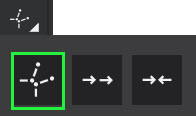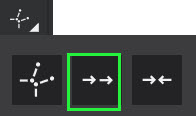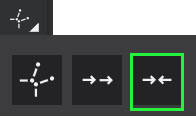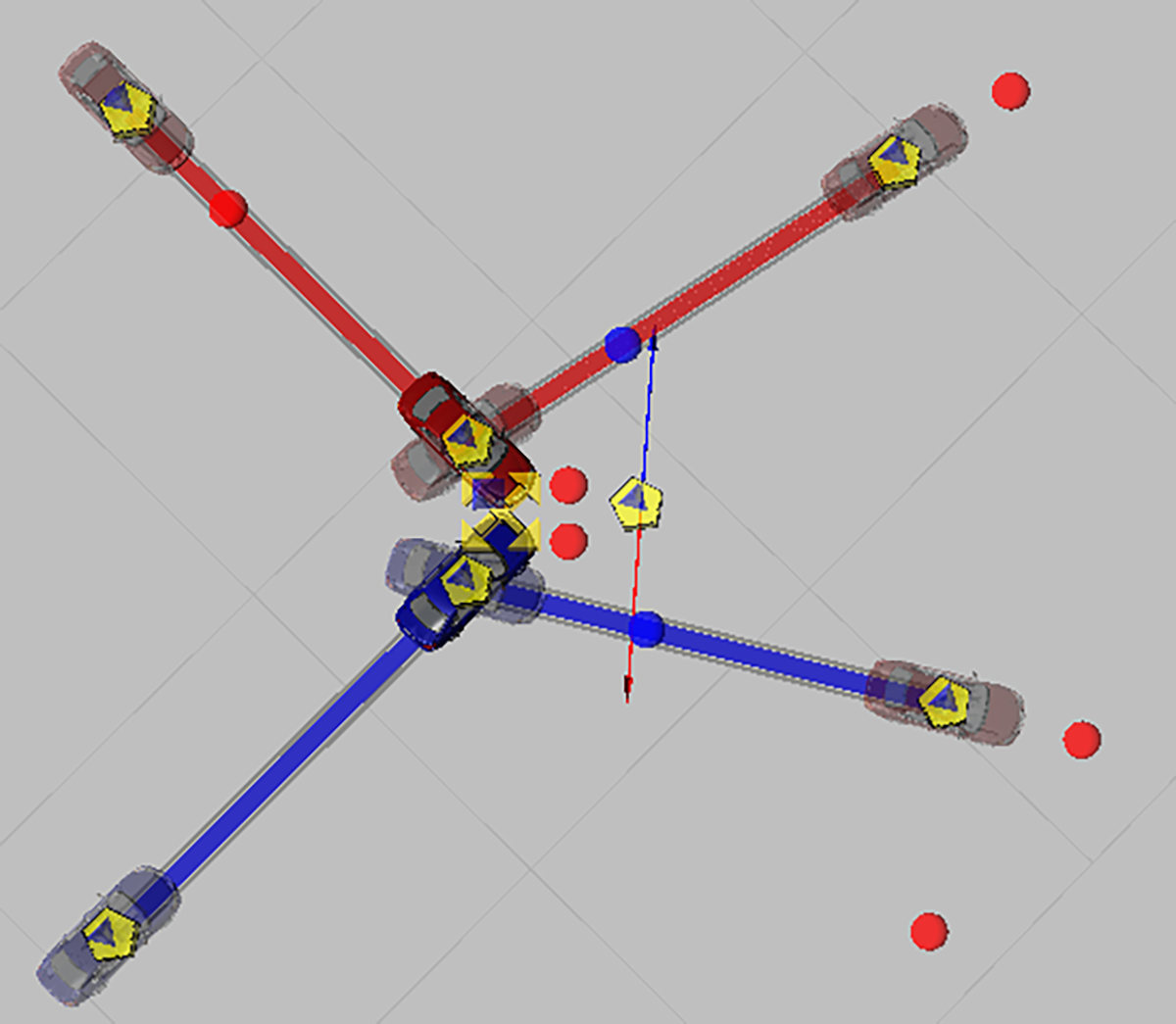 Momentum Options
Momentum Options
Use momentum tools to calculate the velocities of the vehicles involved in the crash. Momentum options are as follows:
 360 Linear Momentum
360 Linear Momentum
 Inline Linear Momentum Rear End|
Inline Linear Momentum Rear End|
 Inline Linear Momentum Head on
Inline Linear Momentum Head on
 Momentum 360
Momentum 360
To model collisions, this tool inserts two symbols and an animated crash profile that you can adjust to fit the crash events.
To set up a two-car collision:
-
From the Power Tools ribbon, click the Momentum Options drop-down.
-
Click the Momentum 360 tool.
-
Click to place the animated symbols.

-
Adjust the position of the symbols to match the collision point and the resting point. Use the rotation grips to spin the vehicles to match the field evidence.
-
Enter values in the Linear Momentum tool panel
-
Click Details to open a window that displays results and more settings.
-
Click the Vehicles tab and name each vehicle.
-
Click Library, search for and select the make and model of the cars.
-
Adjust values as needed on the Details tab.
-
Close the Details window.
-
Click Play to view the animation and make adjustments, as necessary.
-
Click Report on the tool panel to generate a momentum report.

 Inline Linear Momentum
Inline Linear Momentum
To model rear-end or head-on collisions, this tool inserts two symbols and an animated crash profile that you can adjust to fit the actual events of a collision.
To set up a two-car collision:
-
From the Power Tools ribbon, click the Momentum Options drop-down.
-
Click Inline Momentum Rear-End or Inline Momentum Head-On .
-
Click in the scene to place the animated symbols.

-
Adjust the position of the symbols to match the collision point and the resting point. Use the rotation grips to spin the vehicles to match the facts.
-
In the Inline Momentum tool panel, enter any known values.
-
Click Play to view the animation and make adjustments, as necessary.
-
Click Report on the tool panel to generate a momentum report.
Momentum Tool Panel
| Impact | Calculated impact velocity for both vehicles. | |
| Separation | Calculated separation velocity for both vehicles. | |
| Final | ||
| Weight | Enter the estimated weight/mass for both vehicles. Consider the number of passengers and cargo when you estimate the weight values. | |
| Approach Angle | The angle of approach at which each vehicle is impacted. | |
| Departure Angle | The angle of departure immediately upon separation. | |
| Departure Distance | The distance the vehicles traveled from the initial impact to when the vehicles stopped. | |
| Drag Factor | The deceleration drag factor for both vehicles. | |
| Curved Paths | Enable or disable curved paths. | |
| Adjust for Spin | Enable or disable adjustments for spins. | |
| Follow Terrain | Enable or disable following the terrain. (Does not affect calculations.) | |
| Sync ID | Enter the sync ID for the animation. | |
| massZone Options | ||
| Ground Friction | The Ground Friction value allows you to adjust for factors such as wet roads, ice, dirt, etc. | |
| Vehicle Rotation Prediction (Yaw Only) | Enable this option to have the massZone system predict the rotation of the vehicle. Based on the impact speeds, impact location, and angles, as specified from the momentum configuration | |
| High Fidelity Vehicle Damage Prediction (2D Uniform) | Enable this option to have the massZone system predict the damage to the vehicles based on the momentum configuration values. | |
| A|B Stiffness | Adjust the crush stiffness coefficients for each vehicle. | |
| Brake % | Enter the braking percentages for each tire for both vehicles. | |
| Update Prediction | Click Update Prediction whenever you change values in any of the massZone options. A prediction run could take from several seconds to a few minutes, depending on the resulting prediction. For example, predictions which result in a ‘sticky’ or side-slap result take longer to calculate. | |
| Details | View detailed information about both vehicles. In the Vehicles tab, you can select vehicle symbols and colors, and you can enter specific specification information for the vehicles. | |
| Report |
Generate a momentum report. |
